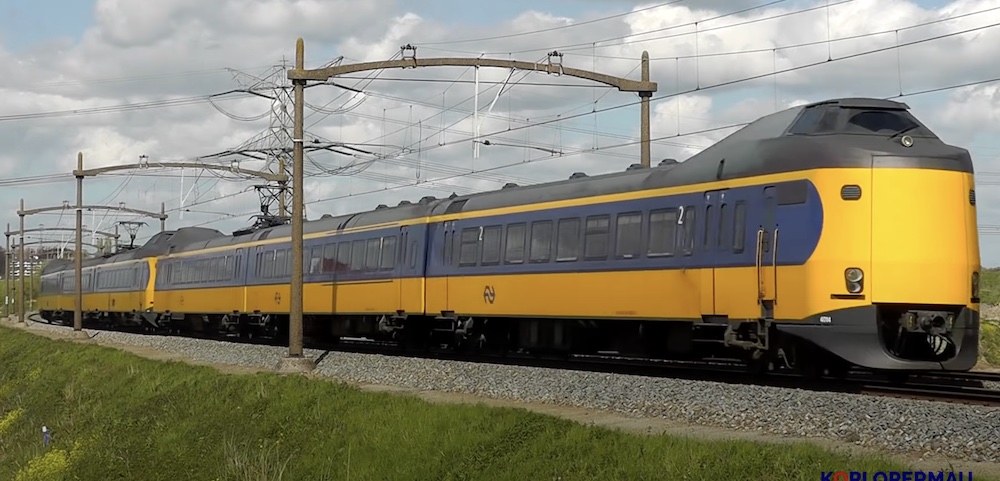For now, it's time to say goodbye—not just to a train, but to a piece of Dutch history.
He had been a familiar face for almost half a century, the Leader, officially the ICMm. With its characteristic engineer's cabin on top of the train set, this train has transported travelers from Groningen and Leeuwarden to The Hague and Rotterdam and vice versa. Starting with orange and brown upholstery on the seats and red corduroy luxury in the first class, the Koploper has undergone many changes. After a modernization in 2005, which included the introduction of blue seats, air conditioning and screens, the train has now reached the end of its lifespan.
NS, the Dutch railway company, has set itself the goal of giving the parts of this legendary train a second life. Ilse de Vos Van Eekeren, Circular Entrepreneurship Manager at NS, explains that this will not be a small-scale operation. NS is looking for companies that can take over the parts on a large scale and give them a new purpose. From train doors and windows to luggage racks and speakers, the possibilities are endless. The company is therefore organizing special inspection days on October 5 and 6, during which interested companies can walk around in a Koploper at the NS workshop in Amersfoort. These companies also receive a 'harvest book', a catalog of available materials, where a minimum price and minimum quantity to be purchased are set.

A silent monument to an eventful era in Dutch railway history, the Koploper—officially known as the ICMm train—is approaching its final stop.
The fact that NS sells the materials on a non-profit basis, but charges costs for disassembly and logistics, fits within a larger vision of sustainability. The ultimate goal for NS is to have fully circular trains in service by 2030. In this respect, the old ICMm trainsets are not without value. They are first evaluated to see whether they can be used as a train elsewhere. If this is not the case, technical parts such as electronics, air hoses and dashboard lights are dismantled and stored for the maintenance of other trains. The rest is reused as much as possible, including the wheels, which are of such high quality that they can even serve as raw material for new wheelsets.
"A train without service is certainly not without value," says De Vos van Eekeren. Before NS proceeds to dismantle the train, it will first check whether the train can be used elsewhere. If this is not possible, technical components such as electronics, air hoses and dashboard lights are stored for maintenance on moving trains. What remains is recycled as much as possible. “The wheels are even of such high quality that they can serve as raw material for new wheelsets,” she adds.
The slow phasing out of the ICMm train sets is planned until 2030. The actual 'harvesting' of the parts will start from the first quarter of 2024. Although the train will be less and less visible on the track, many drivers, such as Paul Derks, known from YouTube, have fond memories of the Koploper. Derks praises the slightly undulating ride and the great view from the high operator's cabin. It is the end of an era, but also the beginning of new possibilities, both for NS and for the sustainable future of Dutch train traffic.



